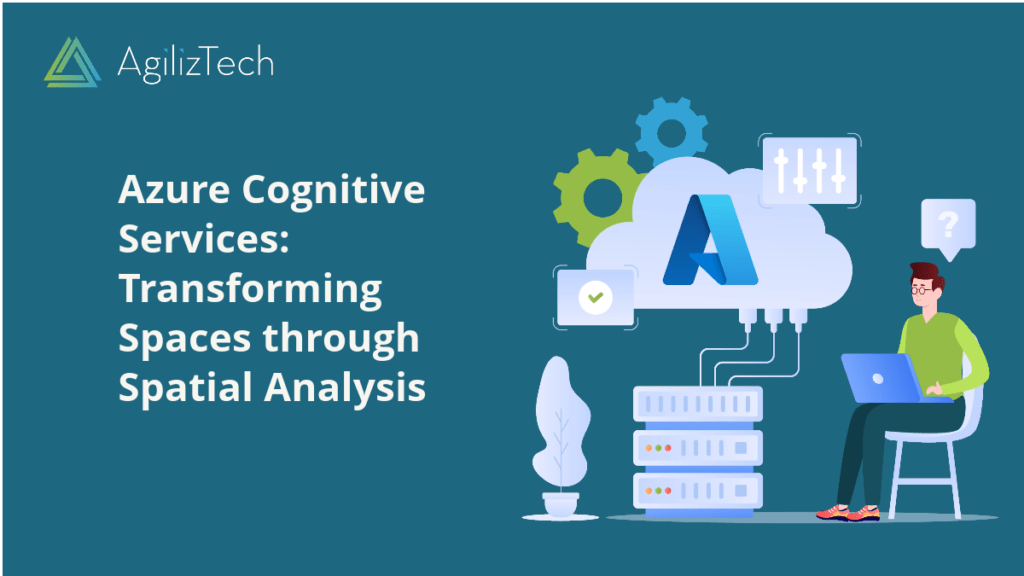Overview
Smart spaces are physical environments that use technology to enhance the user experience, optimize resources, and improve safety and security. Spatial analysis is a key component of smart spaces, as it allows us to understand the location, movement, and interaction of people and objects within a space. In this blog post, we will explore what spatial analysis is, why it is required, what are its advantages, and how we can use Azure Cognitive Services to implement it.
What is Spatial Analysis?
Spatial analysis is extracting meaningful information from spatial data, such as coordinates, distances, angles, shapes, and patterns. It can help us answer questions such as:
- How many people are in a room?
- Where are they located?
- How are they moving and interacting?
- What are their emotions and behaviors?
- How can we optimize the layout and design of the space?
- How can we improve the efficiency and productivity of the space?
- How can we enhance the user experience and satisfaction of the space?
Why is it Required?
It is required for smart spaces because it enables us to:
- Monitor and manage the space in real-time.
- Detect and respond to anomalies and events.
- Analyze and optimize the performance and usage of the space.
- Provide personalized and contextual services and recommendations.
- Create immersive and engaging experiences for the users.
What are the Advantages of Spatial Analysis?
It offers many advantages for smart spaces, such as:
- Reducing costs and increasing revenues.
- Saving energy and resources.
- Improving safety and security.
- Enhancing customer loyalty and retention.
- Increasing innovation and creativity.
How can we use Azure Cognitive Services to Implement Spatial Analysis?
Azure Cognitive Services is a collection of cloud-based AI services that enable developers to easily add cognitive features to their applications, such as vision, speech, language, knowledge, and search. Azure Cognitive Services offers several services that can help us implement spatial analysis for smart spaces, such as:
- Computer Vision: This service can analyze images and videos to extract information such as faces, objects, colors, text, landmarks, and emotions.
- Face: This service can detect and recognize faces in images and videos, and provide information such as age, gender, emotion, pose, landmarks, accessories, hair, makeup, occlusion, blur, noise, exposure, etc.
- Video Indexer: This service can index videos to extract insights such as faces, speakers, topics, keywords, sentiments, emotions, labels, scenes, etc.
- Spatial Analysis: This service can analyze video streams from multiple cameras to provide information such as the count, location, movement direction, dwell time, social distancing, etc. of people within a space.
Conclusion
Spatial analysis is a powerful tool for creating smart spaces to enhance user experience, optimize resources, and improve safety and security. Azure Cognitive Services provides a range of services that can help us easily and efficiently implement spatial analysis for smart spaces.
